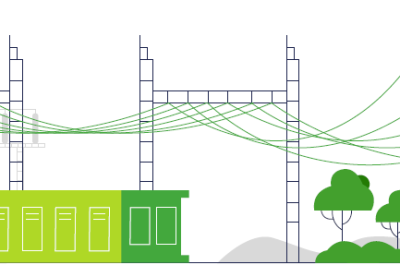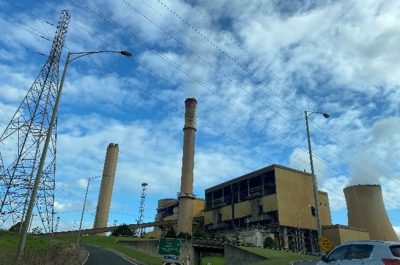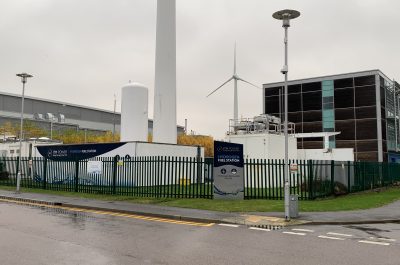Making Solar Fair for All
There’s a lot of talk about how we can make rooftop PV solar panels and systems cheaper, but not much talk about how we handle the strain on electricity infrastructure and how that can be sustainable and equitably funded.
Yes, solar is a major component of our future energy ecosystem. It has the potential to produce sizeable amounts of electricity to power homes and businesses, however as its prevalence grows as a distributed energy source, that being rooftop photo-voltaic (PV) panels as opposed to large scale solar farms, there is an increasing burden placed on the grid through bidirectional flows exporting this energy to the grid.
Over the past ten years in Australia, low voltage power producers have gained significant system relevance (and political relevance) as customers have heavily invested in rooftop PV power. This is forecast to continue in the foreseeable future.
Energy Networks Australia’s seminal Electricity Network Transformation Roadmap found that by 2050, almost two thirds of customers will have distributed energy resources (DER) and network service providers could buy grid support in a network optimisation market worth $2.5 billion per year. [i]
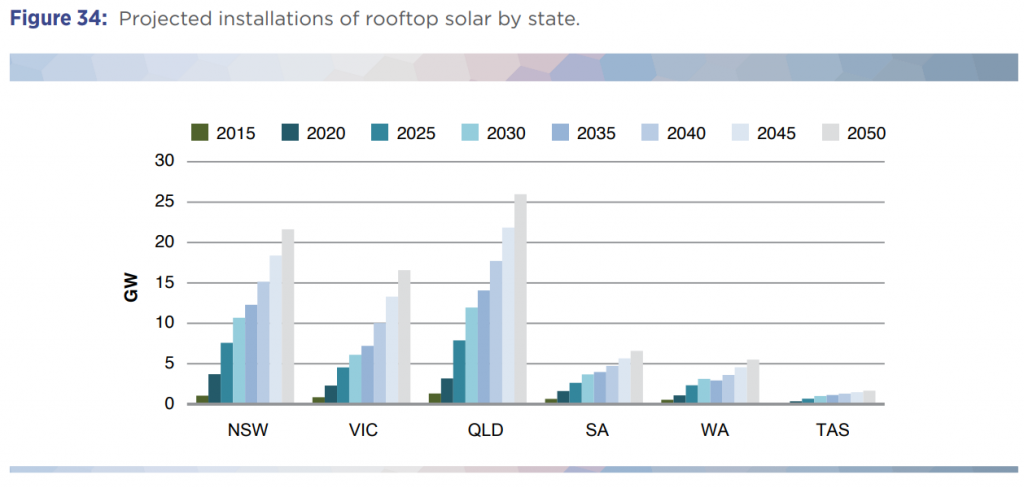
(Source: Electricity Network Transformation Roadmap: Final Report[i])
Facilitating a progressively diversified and decentralised energy system means we need to look at an electricity pricing structure that reflects the costs associated with this network transformation.
Put simply, how can we keep pricing fair in a future market?
More than just price determines if you can get PV solar panels for your house. For example, you may live in an apartment block, rent a property or simply don’t have a suitable roof to fit panels.
Meanwhile, your neighbour might have fitted sufficient panels to their roof and is able to export some surplus capacity back to the grid. There is clear benefit for them from reduced grid consumption and also export sales.
However, your neighbour’s benefit comes at a cost to the entire network because of cross-subsidies.
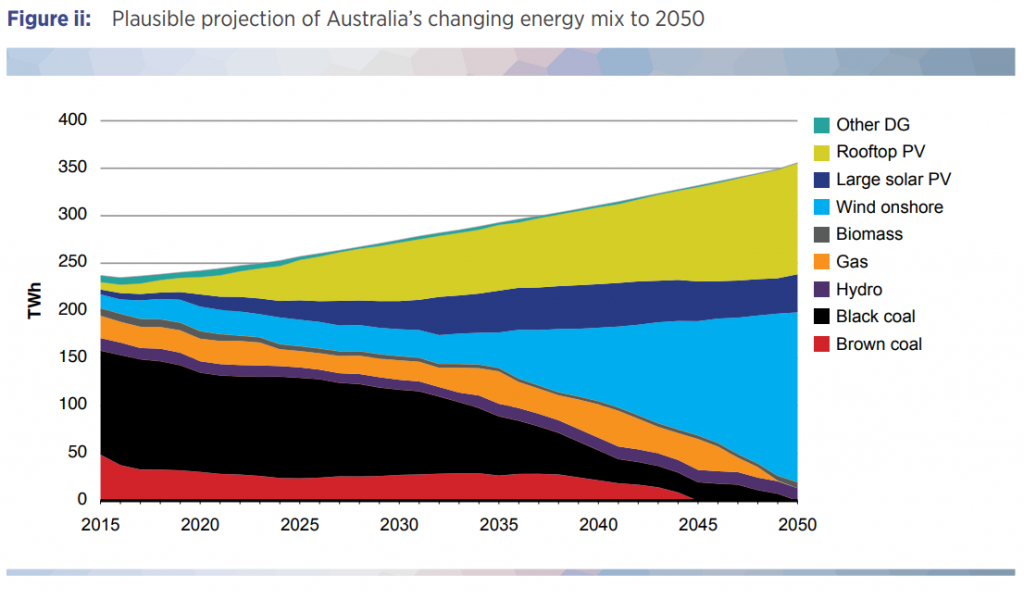
(Source: Electricity Network Transformation Roadmap: Final Report[i])
As highlighted in a recent joint report by Total Environment Centre (TEC) and Renew, these costs come in two forms.[ii]
- The first is the subsidy received by your neighbour for their solar panels through Federal, state and territory schemes. You’re paying this through your tax dollars and power bills. Media reports this week[iii] suggest consumers will pay almost $2 billion for rooftop solar installation subsidies this year.
- The second is the increase in network costs. The first component of this cost is associated with the augmentation required to facilitate high bi-directional flows – in particular dealing with voltage spikes caused by high reverse energy flows. Second, the lower revenue that networks recover from your neighbour consuming less power form the grid. This may result in you paying higher fees on your next bill.
Both types of subsidies are a cost of attempting to accelerate towards cleaner energy, and as the progression is likely to only accelerate, we need to plan for how we can make it fair and sustainable.
The TEC/Renew report highlights that the current system for regulating installations is ‘relatively crude’ and a high DER future grid (as we are trending towards) will require more dynamic and flexible pricing.
A significant amount of technical foundation work is required before the market is ready for the increase in DER connections and the Finkel Review specified a number of the challenges associated with their integration. To help meet the challenge regarding the connection of these resources, Energy Networks Australia, in conjunction with its network members, has commenced a project to prepare a nationally consistent set of guidelines for network connection of a range of generation technologies, outlining the technical requirements to facilitate streamlined integration.
The ultimate aim of the guidelines is to facilitate the fair and efficient integration of DER into the grid from the perspective of network businesses, renewable energy customers and Australia’s electricity system more generally.
The DER connection guidelines will shore up a technologically sound, modernised energy grid that has the ability to connect customers with networks and markets in a consistent way that improves supply efficiency and bolsters security. [iv]
The next thing we need to do is look at cost-reflective pricing, at least for network services. A fairer system of network prices that has multiple benefits for customers. Put simply, this means charging different amounts for power at different times of the day. At peak energy use times (typically evenings), prices are higher. At times of low demand, prices are cheaper. While pricing reform is certainly required at the network level, retailers or other aggregators may find ways to continue to package these into simpler structures for end use consumers, perhaps with technology innovations.
The need for this is well known. The Grattan Institute has called for pricing reform in most reports it has done on the energy sector over the past decade. The benefits were explored in detail in the 2017 Energy Networks Australia and CSIRO Electricity Network Transformation Roadmap report.[v]
With the ever present push for increased rooftop PV solar, the TEC/Renew report highlights the need to start planning now for how we will handle not just the infrastructure burden but also ensure we transition to pricing structures that can more fairly enable a solar-powered future.
Access the full Total Environment and Renew Report here.
ii] Cross About Subsidies: The Equity Implications Of Rooftop Solar In Australia, Total Environment and Renew
[iv] Connecting solar and batteries to the grid, Stuart Johnston
